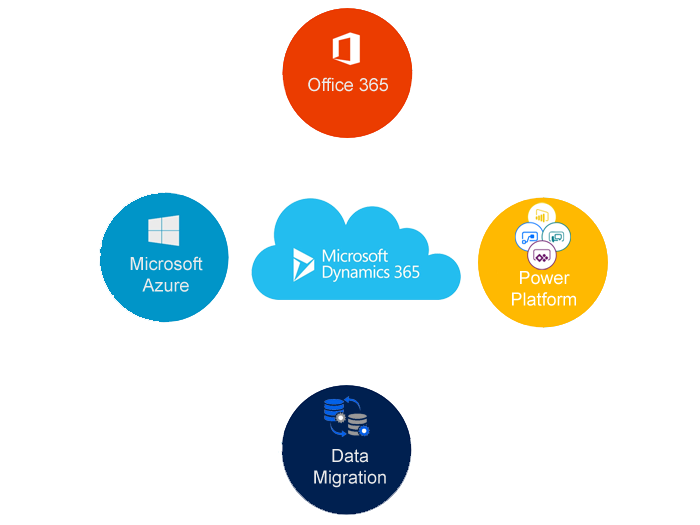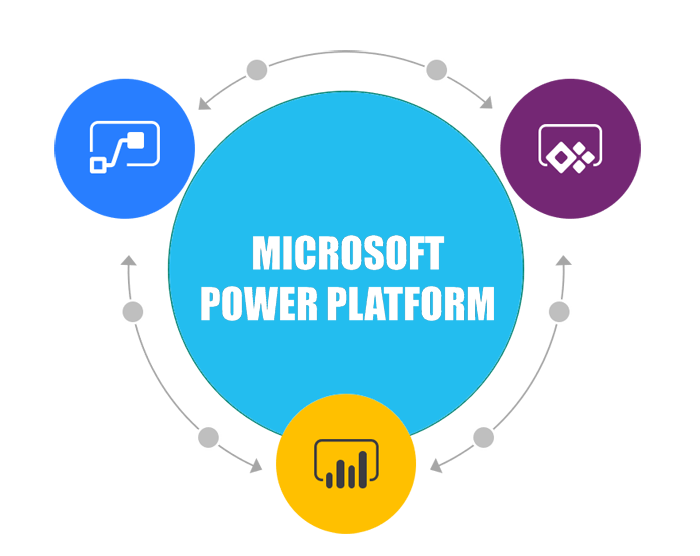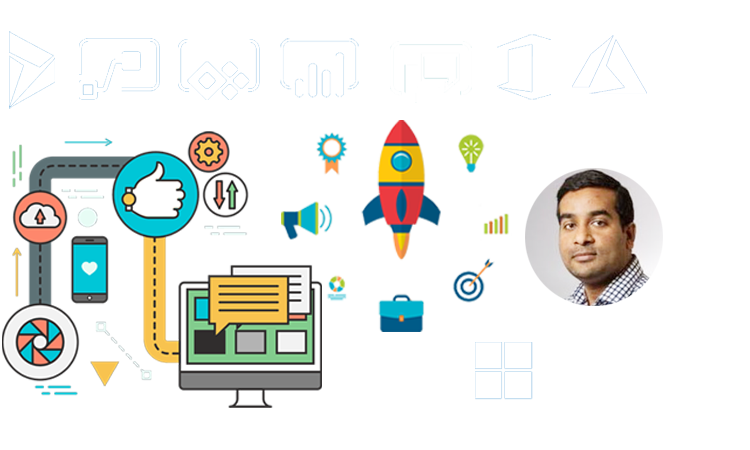Microsoft Dynamics 365 Customer Engagement Processes:
From within PowerApps (Dynamics 365) you can leverage five different process types for specific needs and use cases. Each of the process types contain help to support a very specific type need that a customer may have.
Business Process Flows: Represent business processes that can potentially span multiple Dynamics 365 entities.
For example: An organizations sales process may start with the lead entity, and conclude with creating an Order in the application.
Task Flows: Assist in the automation of potentially repetitive tasks that users may execute in the application. These tasks may potentially need to touch multiple entities in the application.
For Example: After a sales meeting a user can run a Task Flow that updates the Appointment, and the Contact record at the same time.
Workflows: Automations that can run in the background or as part of a user invoked action and provide real-time feedback to end users.
For Example: After a CSR completes and closes a Case for a customer, a Workflow automatically send an e-mail to the customer that contains a link to a survey they can complete.
Actions: Allow transactional custom API calls such as “Escalate Case” or “Sent PotHole Report”. They can be executed by Workflow Actions.
Microsoft Flow: Automation tool that provides the ability to define workflows that can span multiple Line of Business Applications.
For Example: Microsoft Flow could monitor a Document Library in SharePoint. After a Document that contains specific information is added to the Library, Microsoft Flow could create a record automatically in Dynamics 365.
How they Fit into Customizing Dynamics 365
As you are customizing Dynamics 365, you encounter specific situations one or more of the previously mentioned process may be beneficial to your organization. Although each specific situation is often unique, there are specific situations where each type of process could be leveraged.
I hope this helps.
For Microsoft Dynamics 365 Consultancy/Training/Support/Licensing
Contact us: www.gmritsolutions.co.uk
Email: admin@gmritsolutions.co.uk




